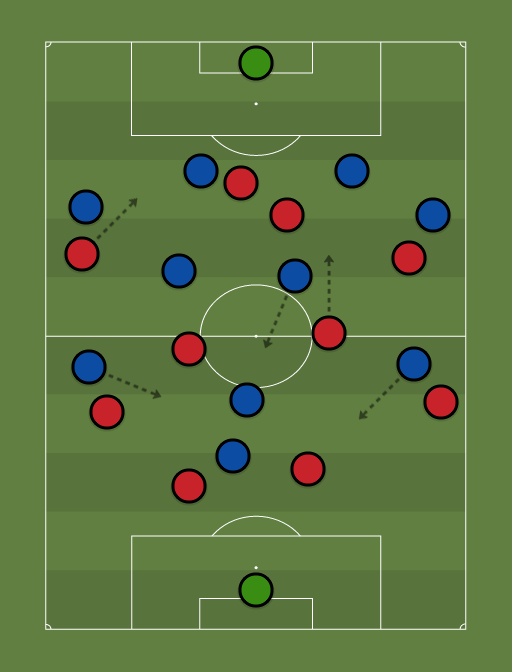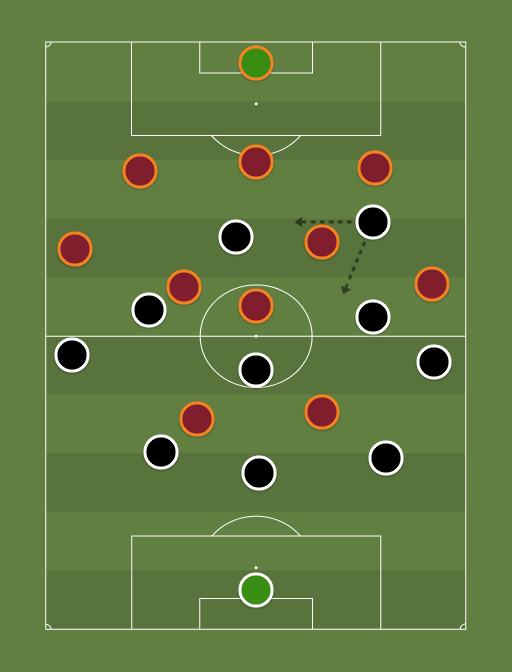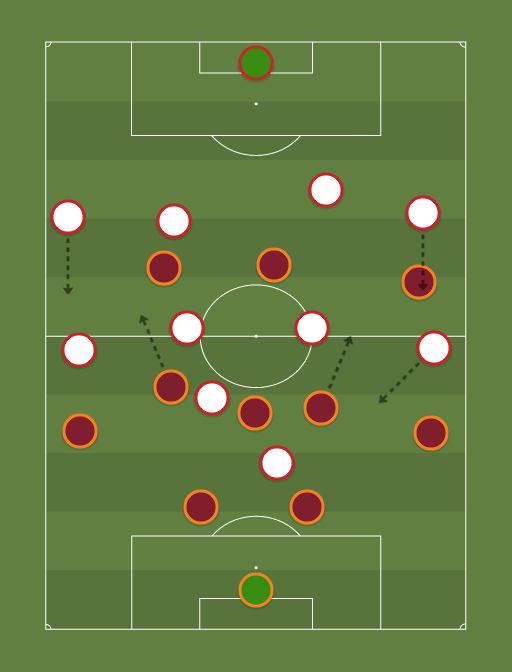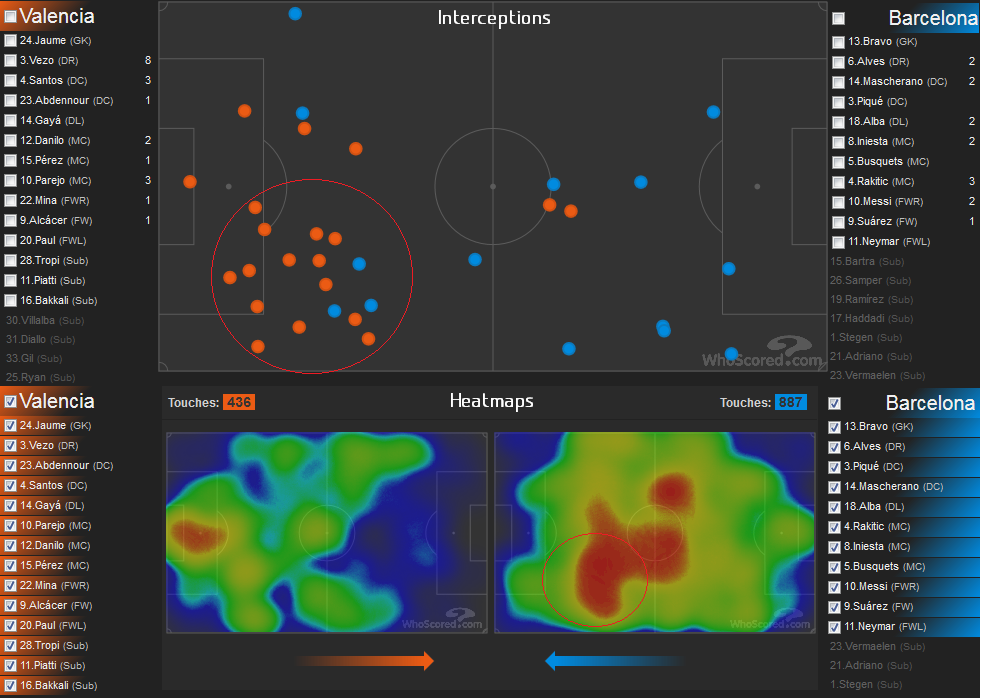The eagerly anticipated derby della Madonnina was again expected to be a tight affair, with both sides needing a win. Mancini’s Inter had suffered a significant dip in form since their loss to Lazio just before Christmas, and needed 3 points to keep in touch with the leaders. Mihajlovic, on the other hand, had experienced a period of renewed confidence and better performances from his team – not perfect, but signs of definite improvement. Tonight he made one change, bringing in Kucka for Bertolacci in central midfield in the 4-4-2. Mancini made the decision to include Santon at right-back, which seemed surprising in a game of this magnitude, and handed Eder his debut alongside Jovetic – not his former team-mate Icardi.
The game started in reasonably lively fashion, after a short wait for Montolivo and Juan Jesus to plant a tree, with attacking intent from both sides. It was Milan who controlled the first couple of minutes, getting numbers forward, with Abate putting in a cross and Niang having a positive run at the opposition defence. This quickly turned into a period of pressure for Inter, who stretched the Milan defence from a great pass forward by Perisic to put Eder away down the right. Romagnoli was caught pushing up on Eder and left space in behind. Unfortunately the new signing couldn’t find anyone in the middle. Mihajlovic would probably have been slightly worries about Inter isolating and targeting Romagnoli early on, after previous displays of edginess – for example against Roma recently. Eder was involved again shortly after, with a cross coming into the box from Jesus meeting him in the box, but the header was bizarrely off target from what seemed like a great opportunity to score. The Inter striker was looking lively in the opening ten minutes, making another run, only for a foul to be given against him, when it could have gone the other way leaving the Milan defender in trouble. Perisic was getting a chance to run down the right, looking to cut-in when he could, and seemingly had a good link with Santon, demonstrating some nice interplay in that channel.
Kucka impressive and aggressive
A key performer for Milan in the early stages (and throughout the match) was Kucka. He’d been brought back in by Mihajlovic, presumably to strengthen the midfield – which was clearly the less physical of the two teams. However, alongside Montolivo, they were very good at making tackles and breaking up Inter attacks. Kucka showed his worth in multiple areas in the first 20 minutes alone. We saw him tracking down the ball in the right-back area, running through the middle to the box in possession only to be brought down by a foul that wasn’t given (and then charging back to regain the ball), ‘roughing up’ Brozovic, and getting forward to cross into dangerous areas. The versatility and work-rate that Kucka brings to Milan is massively important in big games like this. Similarly, Montolivo has the most interceptions in Serie A this season, and although they miss a more creative aspect from central positions, the Rossoneri captain has been very influential. They seem to have a good dynamic in midfield, and although maybe not the classic central partnership, they appear to work very well at times. The Milan duo clearly won the midfield battle over Medel and Brozovic.










